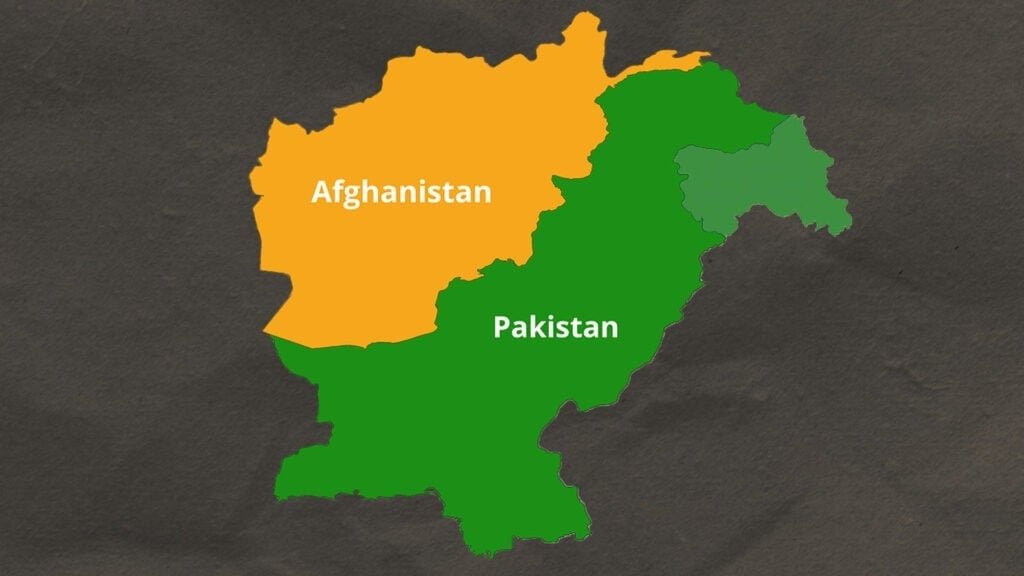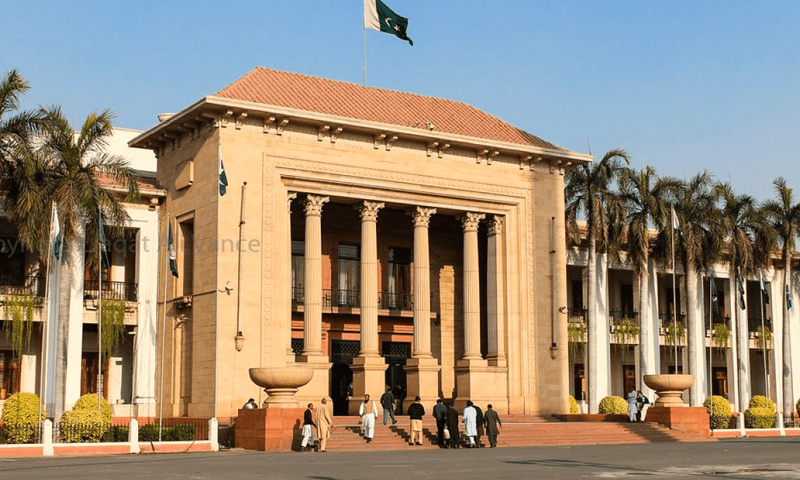Abdullah Kamran
Every year on April 21, the world unites to celebrate World Creativity and Innovation Day. This global celebration underscores the universal importance of creativity and innovation in our lives and how they can collectively address some of the world’s most pressing issues. Creativity and innovation are not just individual or organizational traits, but societal necessities. This day serves as a call to action, urging everyone to think beyond boundaries and contribute their unique ideas for a better world.
World Creativity and Innovation Day was first celebrated in 2002 when the United Nations recognized the significant role of creativity and innovation in advancing human development. Since then, this day has been celebrated all around the world, with events and activities aimed at promoting creativity and innovation.
One of the primary reasons for celebrating World Creativity and Innovation Day is to raise awareness about the importance of creativity and innovation in our daily lives. These two concepts are crucial for developing new products, services, and ideas that can help us tackle some of the world’s most significant challenges, such as climate change, poverty, and inequality. For instance, innovative solutions like renewable energy technologies and creative approaches to social entrepreneurship have shown promising results in addressing these issues.
Creativity and innovation are not just buzzwords, but essential tools for personal and professional growth. In a world where change is the only constant, being creative and innovative is not just an advantage, but a necessity. Creativity empowers individuals to generate new ideas and solutions, propelling them towards their goals. Innovation equips organizations with the ability to develop new products and services, ensuring their competitiveness in the market. By embracing these traits, individuals and organizations can chart their own paths to success.
World Creativity and Innovation Day is also an opportunity to celebrate the achievements of creative and innovative individuals and organizations. This day recognizes the significant contributions made by artists, scientists, entrepreneurs, and other individuals who have used their creativity and innovation to make a positive impact on society.
Therefore, World Creativity and Innovation Day is not just a day of celebration, but a call to action. It is a day to recognize the pivotal role that creativity and innovation play in advancing human development, personal growth, and professional success. By encouraging each individual to be creative and innovative, we can collectively create a better world. Your unique ideas and contributions are invaluable in this journey, and we look forward to seeing the positive impact you can make.
Creativity is a concept that can be interpreted in many different ways, ranging from artistic expression to problem-solving in various fields, such as economic, social, and sustainable development. To raise awareness of the importance of creativity and innovation in human development, the United Nations has designated April 21 as World Creativity and Innovation Day. The goal is to encourage people to think more deeply about the role of creativity and innovation in all aspects of human development and to promote their use in finding solutions to pressing global problems.
The creative economy is an evolving concept that builds on the interplay between human creativity, ideas, intellectual property, knowledge, and technology. Essentially, it is the knowledge-based economic activities upon which the ‘creative industries’ are based. Creative industries, which include audiovisual products, design, new media, performing arts, publishing, and visual arts, are a highly transformative sector of the world economy in terms of income generation, job creation, and export earnings.
Culture is an essential component of sustainable development and represents a source of identity, innovation, and creativity for individuals and communities. Creativity and culture also have a significant non-monetary value that contributes to inclusive social development, dialogue, and understanding between peoples. Today, the creative industries are among the most dynamic areas in the world economy, providing new opportunities for developing countries to leapfrog into emerging high-growth areas of the world economy.
The creative economy has the power to drive sustainable development, providing livelihoods, careers, and economic opportunities for millions of people around the world, especially women, youth, and vulnerable groups. The creative economy can also provide solutions to some of the most pressing problems such as poverty eradication and the elimination of hunger. Human creativity and innovation have become the true wealth of nations in the 21st century.
Culture and creativity account for a significant portion of global Gross Domestic Product (GDP) and employment. Exports of cultural goods and services have doubled in value since 2005, reaching US$389.1 billion in 2019. Besides being one of the youngest and fastest growing economic sectors in the world, new and ongoing challenges also make the creative economy one of the most vulnerable sectors that is often overlooked by public and private investment.
The 2022 UNESCO report, Re|Shaping Policies for Creativity – Addressing culture as a global public good, offers insightful new data that shed light on emerging trends at a global level. It highlights the potential of the creative economy to drive economic growth, create jobs, and foster social inclusion and cohesion. The report also puts forward policy recommendations to foster creative ecosystems that contribute to a sustainable world by 2030 and beyond, emphasizing the need for governments to align environmental, science, technology, innovation, and industrial policies to support this sector.
Achieving the 2030 Agenda for Sustainable Development requires both creativity and innovation. Green technologies are growing and providing increasing economic opportunities, but many developing countries could miss out on these opportunities without decisive action. Through its Technology and Innovation Report 2023, UNCTAD calls on governments to align environmental, science, technology, innovation, and industrial policies. The report highlights the need for policies that support green innovation, which involves using technologies to produce goods and services with smaller carbon footprints. It also emphasizes the importance of mass entrepreneurship, a concept that encourages a large number of people to start their own businesses, which can help to expand opportunities for everyone, including women and youth, and to provide solutions to some of the most pressing problems, such as poverty eradication and the elimination of hunger.
Please, subscribe to the YouTube channel of republicpolicy.com















